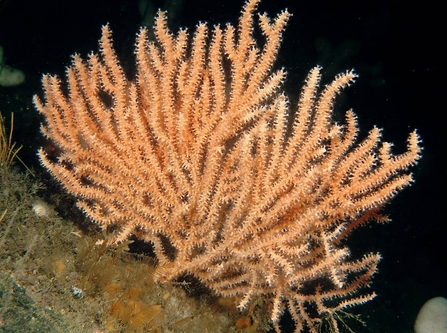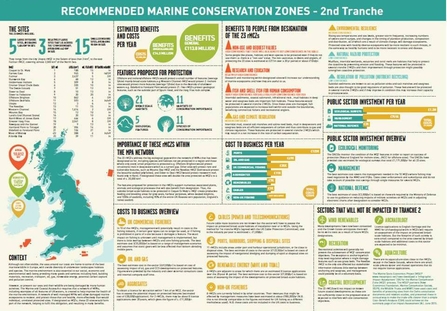The group is concerned that opportunities to protect sites in English seas may slip away due to Government impact assessments (IAs) that do not give a proper account of all the benefits these protected sites would deliver.
The New Economics Foundation, Marine Conservation Society, RSPB, The Wildlife Trusts and WWF have presented the benefits of protecting sites in a more visual way, to show that these outweigh the costs of designating and managing them. This type of infographic approach is a useful way to engage with stakeholders and decision-makers alike.
The organisations are urging government not to allow costs to get in the way of the wider benefits that could result from designating and protecting underwater sites.


